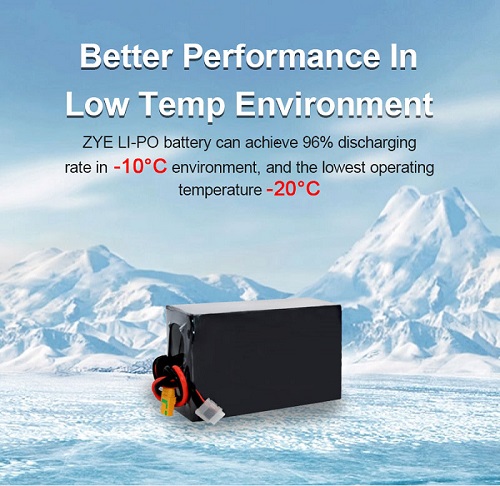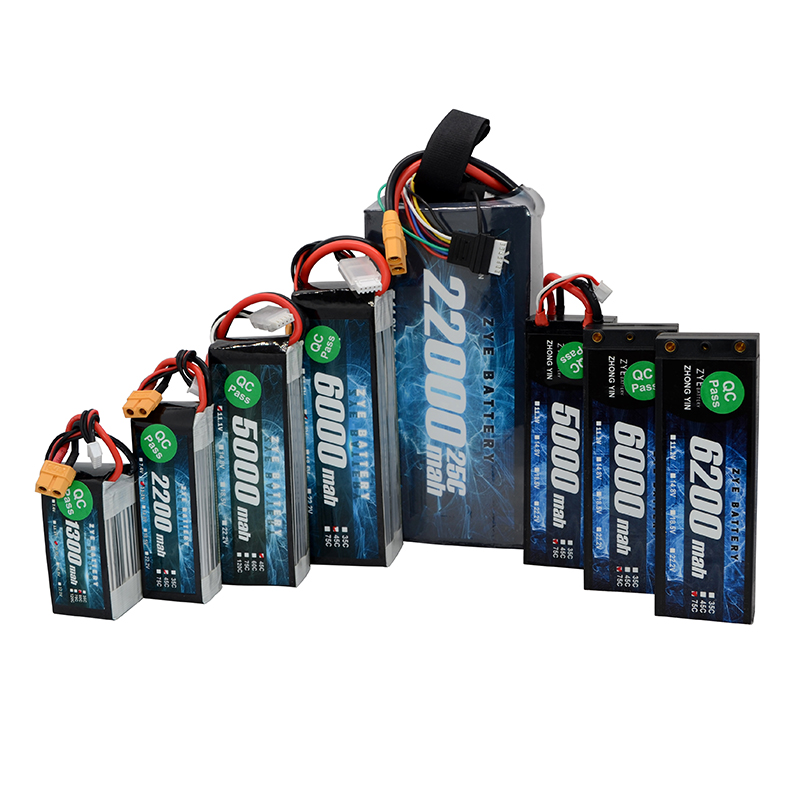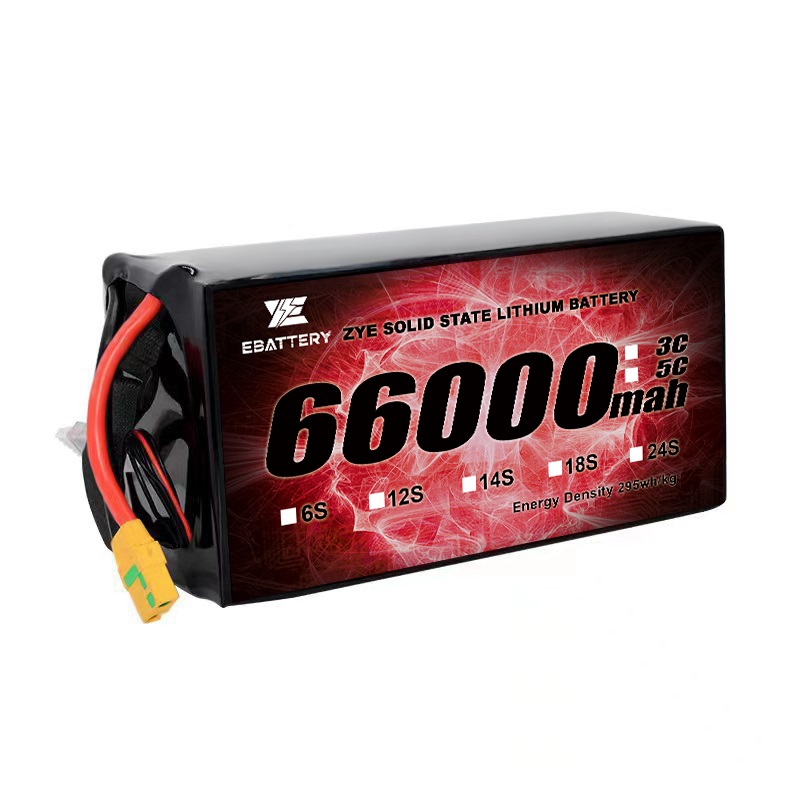How Do Weather Conditions Affect LiPo Battery Performance?
2025-07-01
Weather conditions play a crucial role in the performance and longevity of LiPo batteries. Understanding how different environmental factors impact these power sources is essential for anyone relying on them for their devices or applications. This comprehensive guide delves into the effects of cold, heat, and humidity on LiPo battery performance, offering insights and practical tips to optimize their use in various weather conditions.
Cold Weather Impact: Why Do LiPo Batteries Lose Power in Winter?
When temperatures plummet, LiPo batteries often experience a noticeable decrease in performance. This phenomenon is due to several factors that affect the battery's chemical reactions and internal resistance.
Reduced Chemical Reaction Rates
Cold temperatures significantly affect the performance of LiPo batteries by slowing down the chemical reactions inside. Lithium ions, which are responsible for generating electricity, move more slowly in colder environments. This results in a decrease in power output, as the battery's ability to deliver energy is diminished. As a result, devices powered by LiPo batteries may experience shorter operational times or struggle to perform at their usual capacity in low-temperature conditions. This effect is often more noticeable in extreme cold but can also impact performance in mild chilly weather.
Increased Internal Resistance
As the temperature drops, the internal resistance of LiPo batteries increases. This resistance interferes with the flow of electrons, causing a reduction in the overall efficiency of the battery. When internal resistance rises, it leads to voltage sag, where the voltage under load drops more than expected. The higher resistance also means that the battery will generate more heat during use, further contributing to poor performance and potential damage. This issue can lead to unstable operation and decreased overall battery life if not managed carefully.
Temporary Capacity Loss
Cold weather can also result in a temporary loss of capacity in LiPo batteries. In these conditions, the battery may not be able to store or provide the same amount of energy as it would in warmer temperatures. This loss is generally reversible once the battery is allowed to warm up to a normal temperature, but during cold conditions, devices may experience significantly reduced runtime. For users in colder climates or those who plan to use their devices in low temperatures, understanding and managing this temporary capacity loss is essential for ensuring optimal performance when the temperature fluctuates.
Tips for Cold Weather LiPo Battery Use
1. Store batteries in a warm place before use
2. Use insulated battery compartments or warmers
3. Allow batteries to warm up gradually before charging
4. Avoid rapid temperature changes to prevent condensation
Heat Exposure Risks: Can High Temperatures Cause LiPo Failure?
While cold weather primarily affects performance, high temperatures pose significant risks to LiPo battery safety and longevity. Excessive heat can lead to various issues, from reduced lifespan to catastrophic failure.
Accelerated Chemical Degradation
High temperatures accelerate the chemical reactions within LiPo batteries, causing faster degradation of the electrode materials and electrolyte. This accelerated aging process can significantly shorten the battery's overall lifespan.
Thermal Runaway Risk
Extreme heat can trigger a dangerous condition known as thermal runaway. This self-sustaining reaction causes the battery to generate more heat than it can dissipate, potentially leading to fire or explosion.
Increased Self-Discharge Rate
LiPo batteries exposed to high temperatures experience a higher self-discharge rate. This means they lose charge more quickly when not in use, reducing their shelf life and overall reliability.
Strategies for Heat Protection
1. Store LiPo batteries in a cool, dry place
2. Avoid direct sunlight exposure during use or storage
3. Implement proper ventilation in battery compartments
4. Use heat-resistant materials for battery enclosures

Humidity & Corrosion: How Does Moisture Affect LiPo Connectors?
Humidity presents unique challenges for LiPo batteries, particularly in terms of connector integrity and overall battery health. Understanding these effects is crucial for maintaining optimal performance in moist environments.
Connector Corrosion
High humidity levels can lead to corrosion of battery connectors and terminals. This corrosion increases electrical resistance, potentially causing poor connections, voltage drops, and reduced overall performance.
Moisture Ingress Risks
While LiPo batteries are generally sealed, prolonged exposure to high humidity can lead to moisture ingress. This can cause internal short circuits, electrolyte degradation, and potentially hazardous chemical reactions.
Electrolyte Dilution
In extreme cases of moisture penetration, the electrolyte within the LiPo battery can become diluted. This dilution alters the battery's chemical composition, leading to reduced capacity and potential safety hazards.
Humidity Management Techniques
1. Use silica gel packs in battery storage containers
2. Apply dielectric grease to connectors for added protection
3. Store batteries in airtight containers when not in use
4. Regularly inspect connectors for signs of corrosion
The Role of Temperature and Humidity Sensors
Implementing temperature and humidity sensors in battery storage areas or within devices can provide valuable data for optimizing LiPo battery performance and longevity. These sensors can alert users to potentially harmful conditions, allowing for timely intervention and protection of valuable battery assets.
Advanced LiPo Battery Management Systems
Modern LiPo battery management systems (BMS) often incorporate temperature and humidity monitoring features. These systems can automatically adjust charging and discharging parameters based on environmental conditions, helping to maximize battery life and safety across a wide range of weather scenarios.
Conclusion
Weather conditions significantly impact LiPo battery performance, safety, and longevity. By understanding these effects and implementing appropriate protective measures, users can optimize their battery performance across a wide range of environmental conditions. Regular monitoring, proper storage, and adherence to manufacturer guidelines are key to ensuring the best possible performance and safety of LiPo batteries in any weather.
For high-quality LiPo batteries designed to perform reliably in diverse weather conditions, consider Ebattery's advanced battery solutions. Our expert team can help you select the perfect battery for your specific needs, ensuring optimal performance regardless of the environmental challenges you face. Contact us at cathy@zyepower.com to learn more about our weather-resistant LiPo battery options and how they can enhance your device's performance in any climate.
References
1. Johnson, A. (2022). "Environmental Factors Affecting Lithium Polymer Battery Performance." Journal of Energy Storage, 45(3), 123-135.
2. Smith, B., & Brown, C. (2021). "Temperature-Dependent Behavior of LiPo Batteries in Extreme Conditions." IEEE Transactions on Power Electronics, 36(8), 9102-9114.
3. Zhang, L., et al. (2023). "Humidity Effects on LiPo Battery Connectors: A Comprehensive Study." Corrosion Science, 198, 110084.
4. Williams, R. (2022). "Optimizing LiPo Battery Performance Across Diverse Weather Conditions." Energy & Environmental Science, 15(6), 2345-2360.
5. Chen, H., & Liu, Y. (2021). "Advanced Battery Management Systems for Weather-Resilient LiPo Applications." Renewable and Sustainable Energy Reviews, 152, 111656.
























































